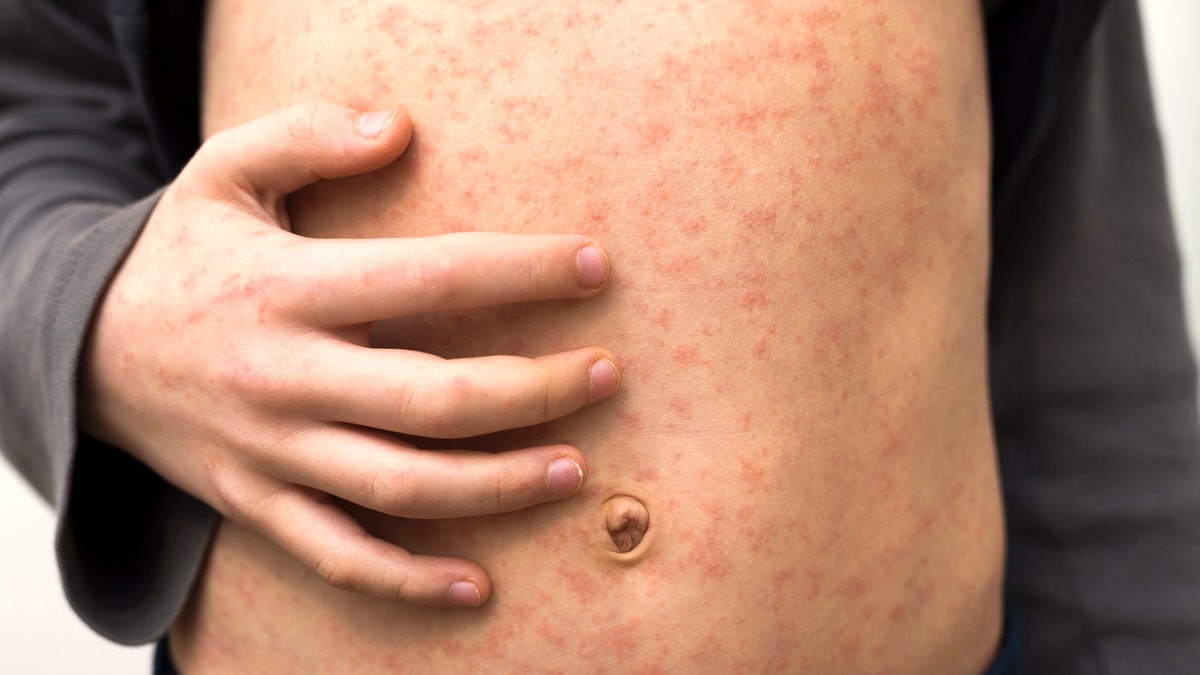Fox News Flash top headlines for Nov. 20
Fox News Flash top headlines for Nov. 20 are here. Check out what's clicking on Foxnews.com
A family of five is likely the source of a recent measles outbreak in Georgia, state health officials recently announced.
The family, who was not named in a Monday news release from the Georgia Department of Public Health, likely contracted the virus when traveling to a state “where other cases of measles have been reported,” officials said, though did not detail where the family traveled.
WISCONSIN SEES 'SIGNIFICANT INCREASE' IN E. COLI CASES: STATE HEALTH OFFICIALS
All five family members are no longer infectious, according to the release.
The outbreak in Cobb County, which is located outside of Atlanta, is confined to three families. In total, 11 people in the county have been infected.
“None of the individuals with measles were vaccinated, or their vaccination status is unclear,” officials said.

At least 11 people have been affected by the outbreak in Cobb County. (iStock)
“Measles vaccination (MMR) is safe and effective and prevents outbreaks,” said Kathleen E. Toomey, the Georgia DPH commissioner, in a statement. “The current measles outbreak in Georgia is small compared to other outbreaks documented around the country. However, the toll even a single case of measles takes goes well beyond physical illness - impacting economies, workforces, education, health care systems, and creating a public health burden to protect vulnerable populations.”
Measles is a highly contagious virus that spreads through the air after an infected person coughs or sneezes. Others can contract measles when they breathe the contaminated air or touch a contaminated surface, and then touch their eyes, nose or mouth.
MICHIGAN FARMER’S EEE DEATH MARKS 6TH FATALITY IN STATE FROM MOSQUITO-BORNE VIRUS: REPORT
“Infected people can spread measles to others from four days before through four days after the rash appears,” says the Centers for Disease Control and Prevention.
The MMR vaccine can protect both individuals and other people from contracting the virus. Young children are typically most at risk of contracting measles. The CDC recommends children get two doses of the MMR vaccination, but the first dose is typically given to children when they are between 12 and 15 months old, with the second occurring between ages 4 and 6.

